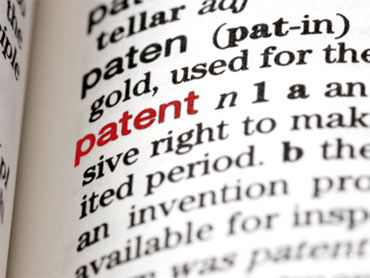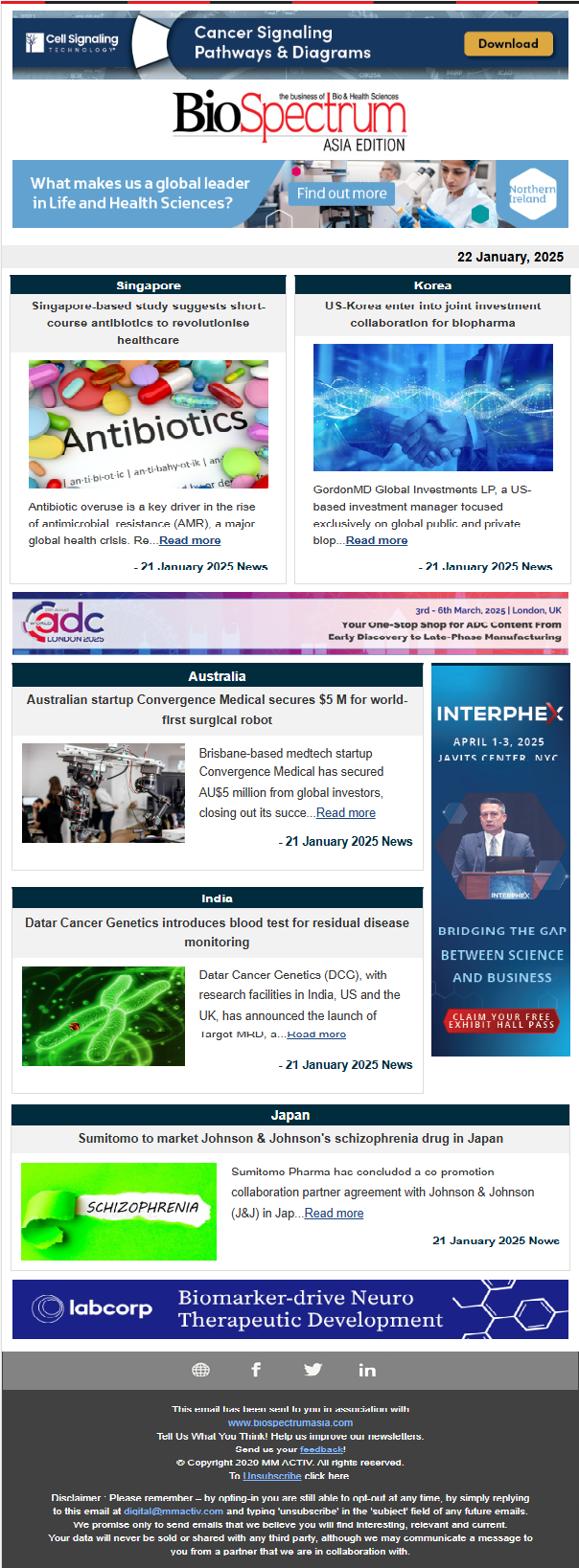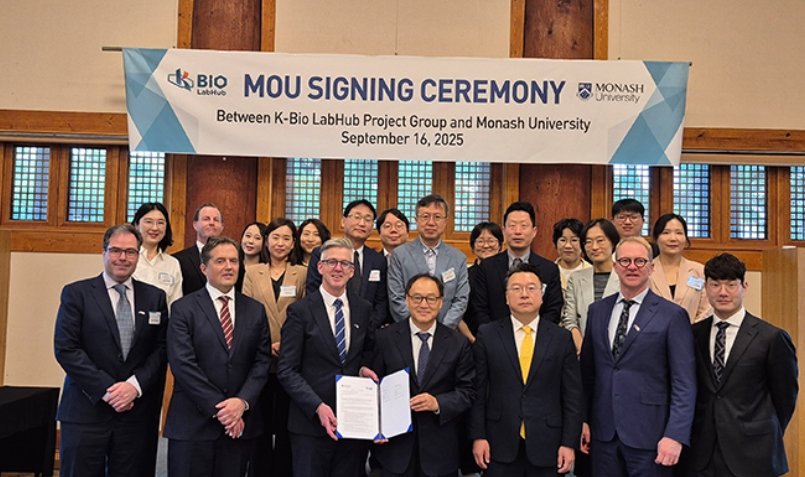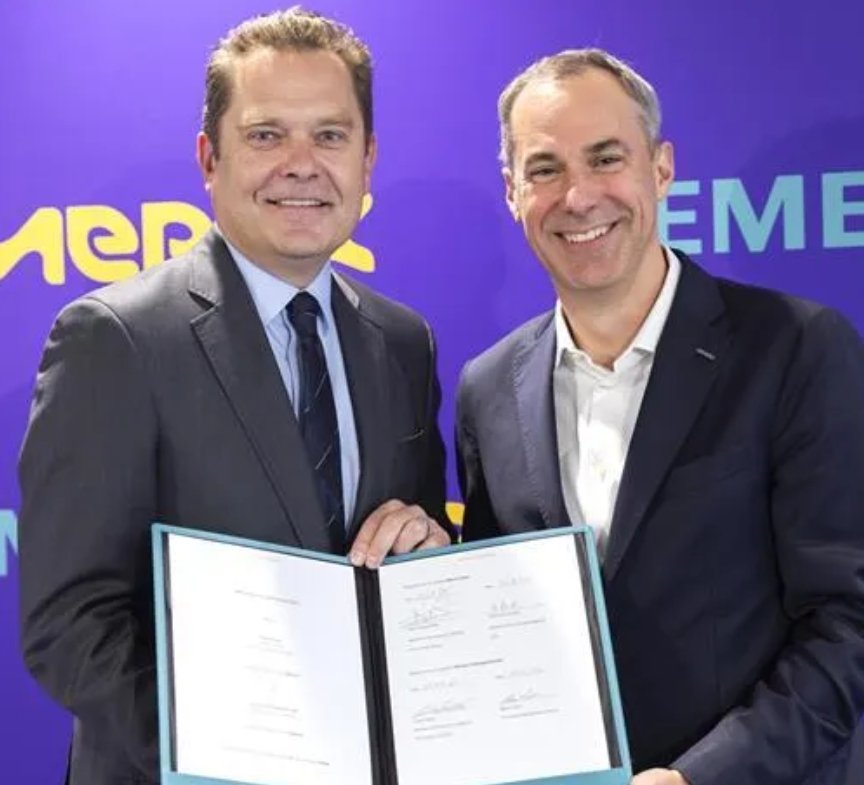
Trouble for Roche - IPAB revokes patent for pegylated interferon alfa-2a (Pegasys)
New Delhi: India's Intellectual Property Appellate Board (IPAB) has revoked a patent granted in India to F Hoffmann-La Roche (Roche) for pegylated interferon alfa-2a (Pegasys). Pegasys is a medication for hepatitis C, and is also the first ever product patent that was granted following the adoption of the TRIPS regime in 2006.
This comes close on the heels of another patent being revoked, that of Pfizer for its drug Sunitib. The patent, which was contested by Cipla, was revoked only last month by the IPAB, as it lacked an inventive step. Over the past year, the Indian patent system have seen many decisions such as the grant of the first-ever compulsory license in India for Bayer's anti-cancer drug Nexavar.
Talking about the impact of this judgement, Mr Anand Grover, senior counsel and director, Lawyers Collective HIV/AIDS Unit, said that, "This victory will facilitate early entry of generics, which is likely to lower the prices. If this happens, millions suffering from hepatitis C, both globally and in India, will benefit."
Patients with chronic hepatitis C, who need a six-month course of treatment of Roche's pegylated interferon alfa2a, have to purchase it at a cost of approximately $8,752.38 (Rs4,36,000 ), which is also available at a discounted price of $6,313.28 (Rs3,14,496). This has to be taken in combination with ribavarin, which alone costs $946.70 (INR 47,160). Earlier in 2009, the patent office rejected the post-grant oppositions filed by Sankalp and an Indian company and upheld the validity of Roche's patent. Sankalp then filed an appeal before the IPAB challenging this decision, thus finally succeeding in the getting the patent revoked.
Another important decision made by the IPAB, which could have far reaching consequences, was the ruling that a patients' group can challenge the validity of granted patents. Earlier Roche had challenged Sankalp's standing to file the post-grant opposition as well as the appeal, arguing that because Sankalp was not a business competitor or a researcher in the sector, it could not have challenged its patent at all.
Sankalp, in turn argued that its members were directly affected by hepatitis C and that it represented a community of drug users who are particularly at risk to hepatitis C. Sankalp is an organisation that provides treatment and rehabilitation support for injecting drug users, which form a bulk of hepatitis C infected individuals in the country. An estimated 10-to-12 million people in India, including 50 percent of injectable drug users (IDUs) nationally and 90 percent of IDUs in the northeast, are infected with the hepatitis C virus (HCV).
Mr Eldred Tellis, director, Sankalp Rehabilitation Trust, who had challenged the patent, said that, "We hope that the absence of patent barrier will spur generic competition to bring down the price of this much-needed drug for those suffering from hepatitis C. We also hope that the government will now take concrete steps to start providing access to this medicine. It is unacceptable that people are dying due to hepatitis C because they cannot afford to buy the medicine."
Commenting on how the highly contested section 3d of the Indian patent law played a major role, Mr Grover said that, "The IPAB has rightly observed that the patentee used conventional methods to pegylate interferon and obtained predictable results, thereby rendering it obvious to a person skilled in the art. It also correctly held that the patentee has failed to satisfy the requirement of section 3(d) of showing enhanced efficacy. We hope that the patent offices too follow these standards while deciding pre- and post-grant oppositions."
Hepatitis C represents a huge public health problem in India and globally. Left untreated, hepatitis C can lead to liver cirrhosis, liver cancer or liver failure. Hepatitis C is especially of concern for those co-infected with HIV, as several studies have shown that HIV-HCV co-infection leads to increased rates of disease progression.
Injecting drug users are especially vulnerable to HIV-HCV co-infection with HIV-HCV co-infection rates as high as 93 percent among IDUs in Manipur. However, unlike both first and second-line HIV treatment, which is available to all people living with HIV who need it, hepatitis C treatment is not available in government hospitals largely due to its high cost and treatment programmes do not even bother to screen patients for HCV due to the unavailability of treatment.




